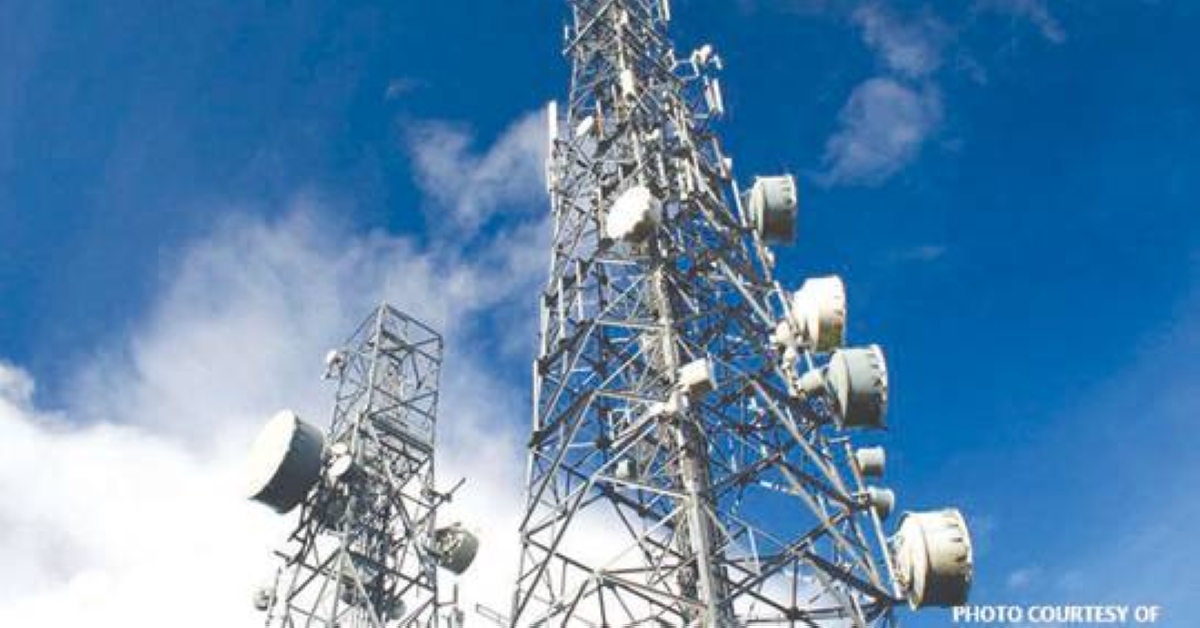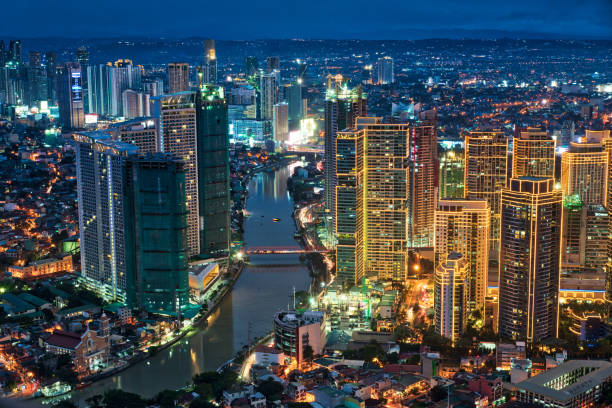(UPDATE) The government has recently issued the implementing rules and regulations (IRR) for the streamlining process of constructing telecommunications and internet infrastructure in the country, as announced by Malacañang. This move comes as part of the government’s efforts to facilitate the development of a robust and efficient telecommunications network.
Executive Order (EO) 32, signed by President Ferdinand Marcos Jr. on July 4, aims to institutionalize a set of streamlined guidelines for the issuance of permits, licenses, and certificates related to the construction of telecommunications and internet infrastructure. These guidelines cover various aspects, including the installation, repair, operation, and maintenance of such facilities.
To ensure effective implementation, the EO mandates the creation of a technical working group composed of the Department of Information and Communications Technology, Anti-Red Tape Authority, National Telecommunications Commission, Department of Public Works and Highways, and Department of the Interior and Local Government. This group will be responsible for formulating the necessary rules and regulations within a 60-day period.
One of the key provisions outlined in the IRR is the adoption of a unified application form. This standardized form will simplify the application process for building permits and will be prescribed in all cities and municipalities. Additionally, preformatted form building permit applications will be made available, further streamlining the process.
Applicants seeking a building permit will be required to submit various documents, including property documents, technical documents, a height clearance permit, and homeowners association clearance, along with the unified application form. This comprehensive approach aims to ensure that all necessary requirements are met in a timely manner.
Furthermore, to secure a Certificate of Use and a Business or Mayor’s permit, applicants must submit additional documents, such as a certificate of completion, construction logbook, photocopy of valid licenses, photograph of the structure, yellow card/clearance from the electrical service provider, and a copy of the As-Built Plan reflecting any changes and modifications.
The IRR also addresses the requirements for the erection of poles and the construction of underground fiber ducts, as well as the cable layout on existing poles and other physical infrastructure. It also provides guidelines for the operation, repair, and maintenance of passive telecommunications tower infrastructure, including distribution utility facilities.
Clearances from other government agencies and local governments are also covered in the IRR. It specifies the procedures for obtaining these clearances and emphasizes the importance of local governments adopting EO 32 in order to ensure a cohesive and efficient implementation across all areas.
Recognizing the need for a streamlined process, the IRR mandates all cities to establish a One-Stop Shop for Construction Permits, preferably at the Office of the Building Official. This centralized facility will provide frontline services to applicants seeking building permits and other certificates related to telecommunications and internet infrastructure, further simplifying the application process.
Additionally, the IRR emphasizes the importance of fair competition and prohibits any anti-competitive activities. It also directs agencies and local government units to implement a zero-backlog policy for all applications for permits and clearances covered under the order. This commitment to efficiency ensures that the construction of telecommunications and internet infrastructure proceeds smoothly and without unnecessary delays.
The issuance of the IRR for EO 32 marks a significant step towards streamlining the construction of telecommunications and internet infrastructure in the country. By simplifying the application process and establishing clear guidelines, the government aims to foster the development of a robust and reliable telecommunications network that can support the growing demands of the digital age.
Source: The Manila Times







